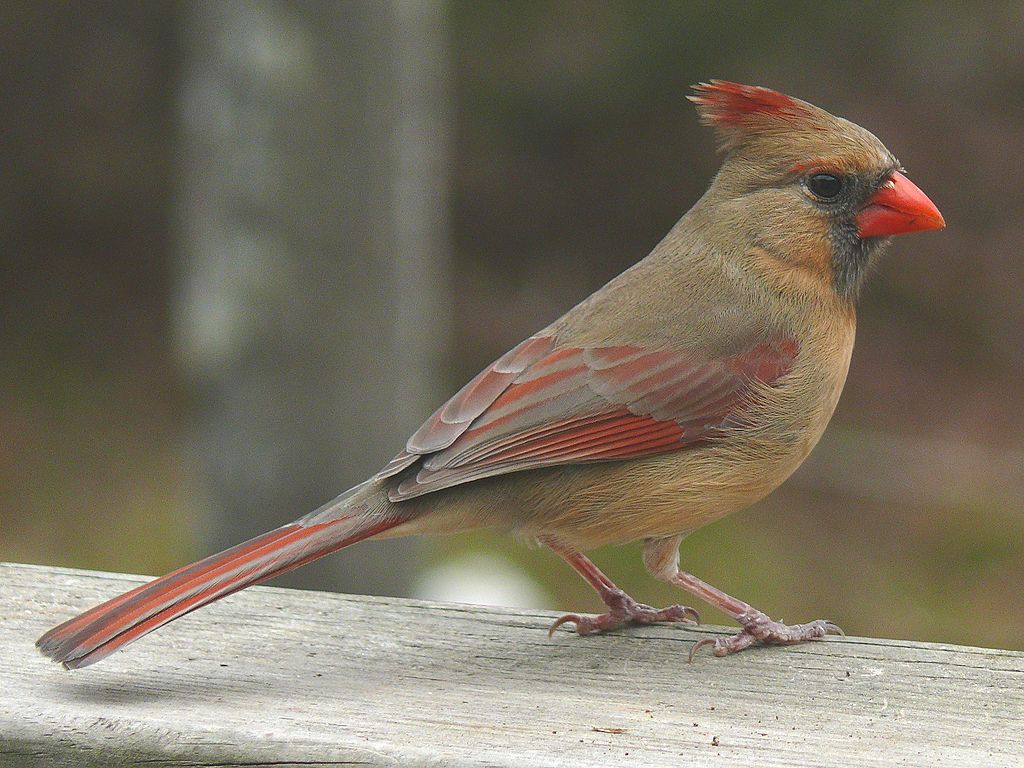
Female bird songs have been underappreciated, study finds
Male birds may be better known for their singing, but female birds perform their own songs as well. Researchers are calling for more widespread documentation of the female birdsong, arguing that a better understanding of these vocalizations could lead to a better understanding of bird biology.
Karan Odom from Cornell University and Lauryn Benedict from the University of Northern Colorado have both independently studied female bird songs.
“I started studying California towhees 17 years ago, and I was fascinated by the duet vocalization given by females and males,” said Benedict.
“That led me to start looking for female song in other North American bird species, and I was surprised to learn that it was much more common than I expected. The reports of female song are buried in odd corners of the literature, but when you put them all together, you start to see some interesting patterns.”
The ancestors of modern birds most likely had many more females that sang. According to the experts, today’s female songs are not represented very well in collections of birdsong recordings and are also understudied.
The researchers believe that additional documentation of the female birdsong with more detailed descriptions of song structure and output could improve our understanding of birds on many levels, including their comparative physiology, neurobiology, behavioral ecology, evolution, and even conservation.
Endangered birds are frequently identified by their songs during surveys, but assumptions that all singing birds are male could misinform wildlife managers about the state of populations.
Odom and Benedict are asking both ornithologists and amateur bird lovers to share any resources they may have regarding the female birdsong. They have created a website where any birdwatcher can upload their observations.
“If you hear a bird singing, do not assume it’s a male,” said Odom. “If you observe a female bird singing, document it by uploading field notes, audio, or video to the collections on our website, femalebirdsong.org. Make sure to indicate how you recognized the bird was female.”
Zoology expert Katharina Riebel from Leiden University formerly collaborated with Odom.
“Odom and Benedict have written an excellent appeal to document and record more female bird song,” said Riebel.
“They rightly point out that the extent of female bird song has been starkly underestimated, as almost by default we assume that a singing bird must be the male of the species. As a consequence, we might have missed out many aspects and the dynamics of male and female vocal signaling in songbirds–clearly, there is still lots to discover! I am confident that ornithologists in the field can make substantial contributions toward these questions by sharing their observations and recordings, as I very much hope this article will encourage them to do.”
The study is published in in The Auk: Ornithological Advances.
—
By Chrissy Sexton, Earth.com Staff Writer
Image Credit: K. Thomas













